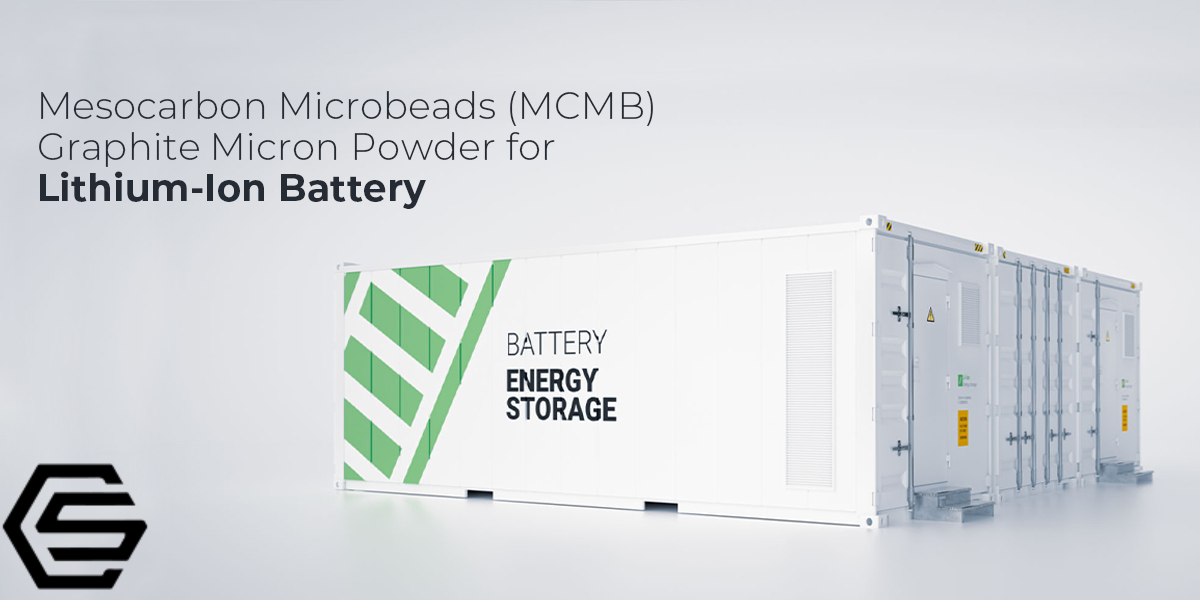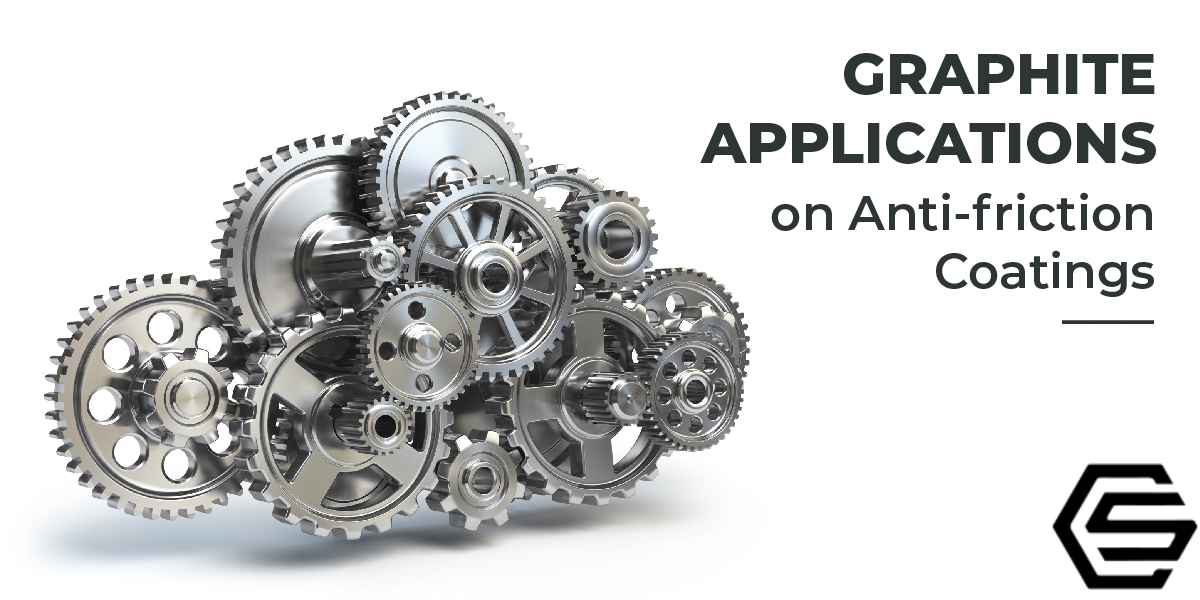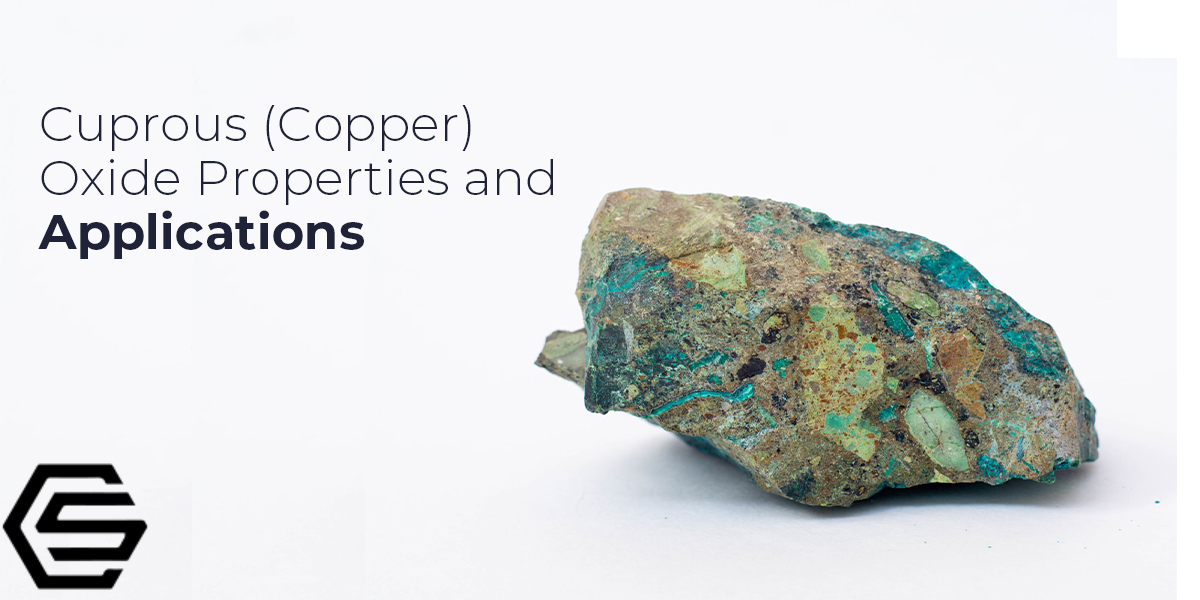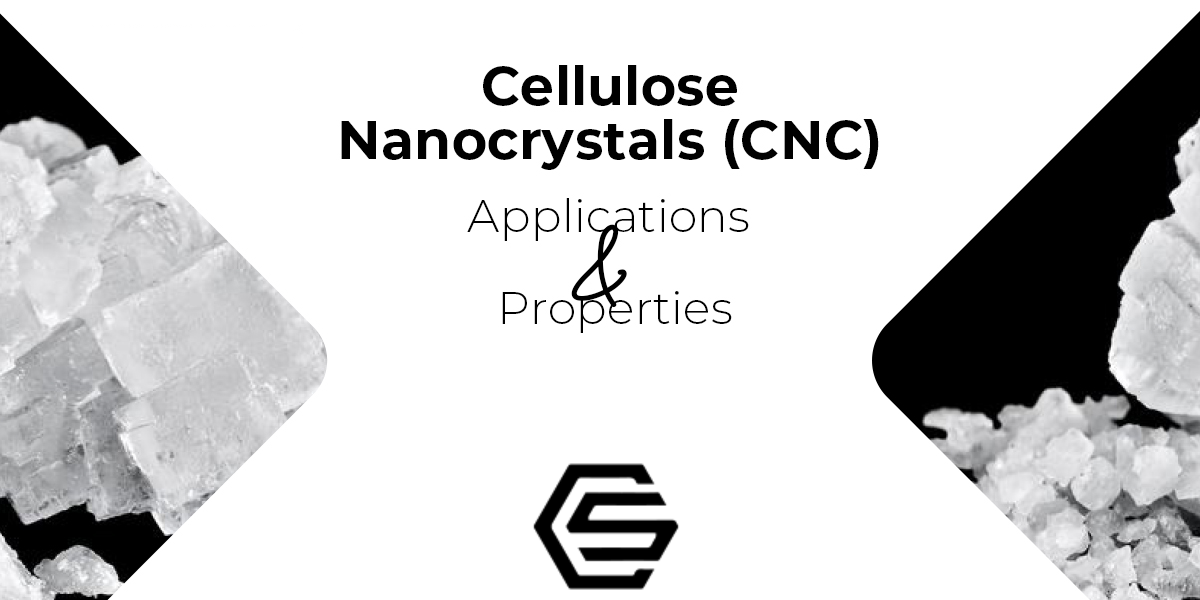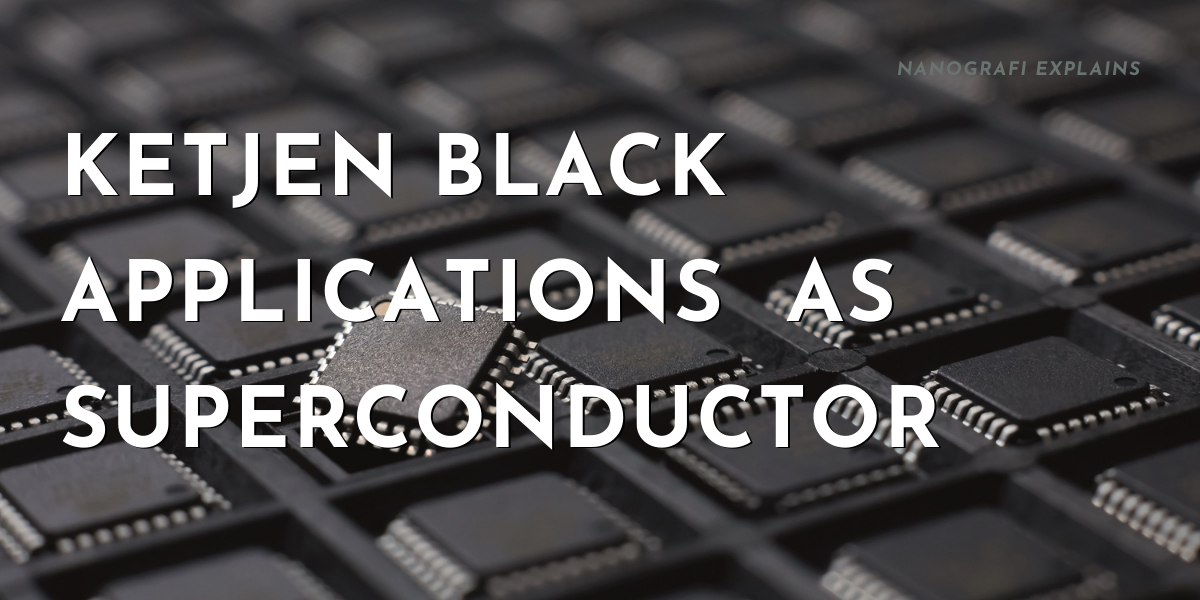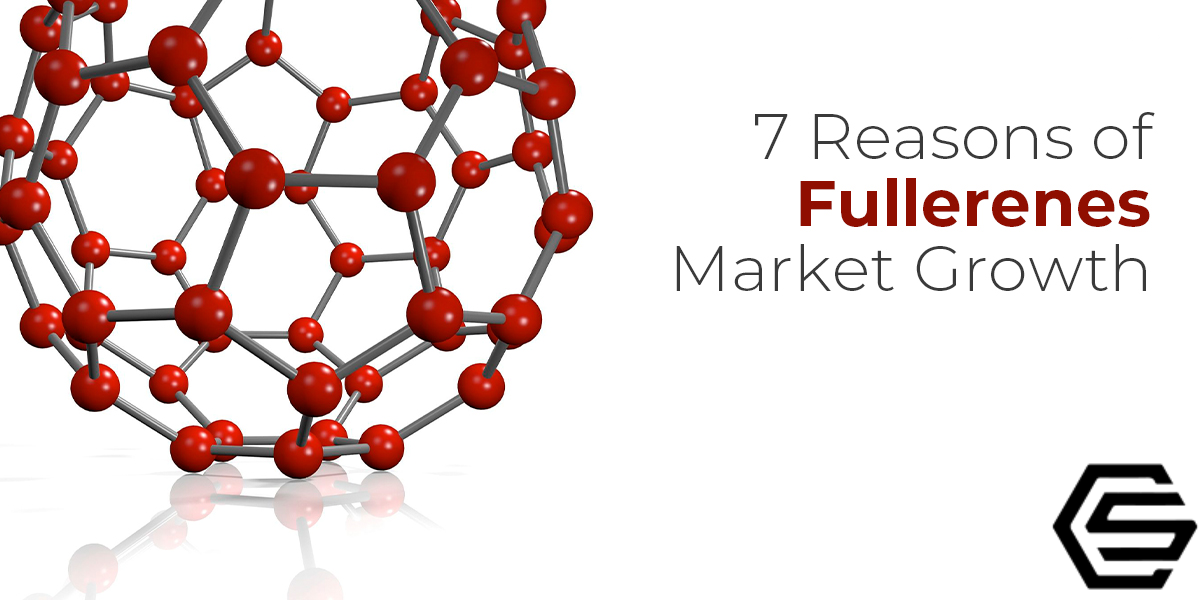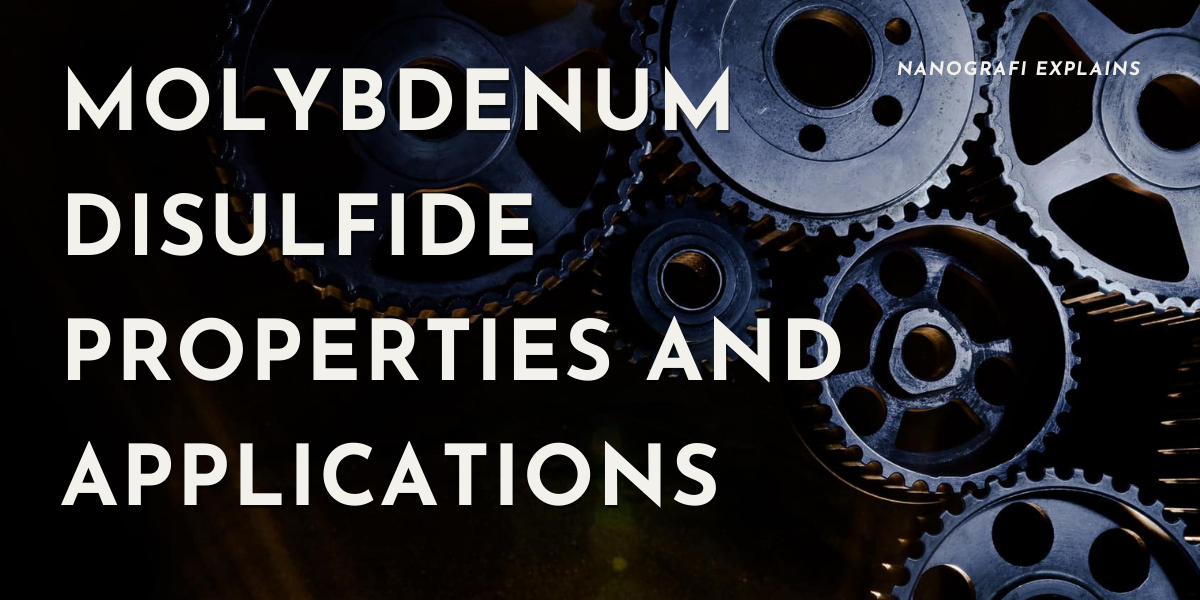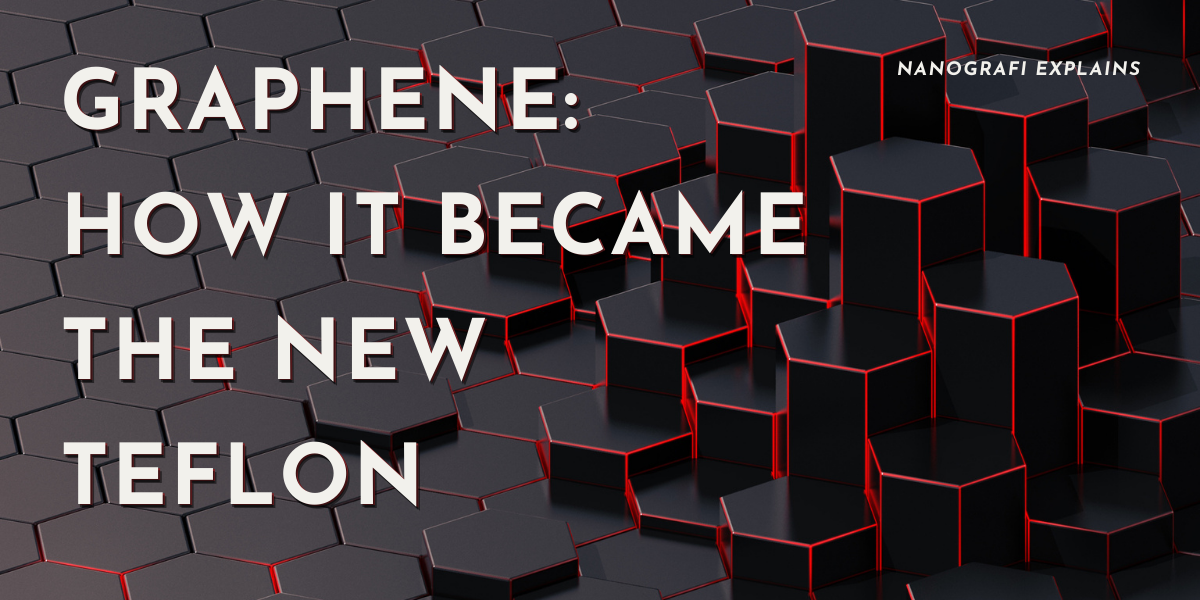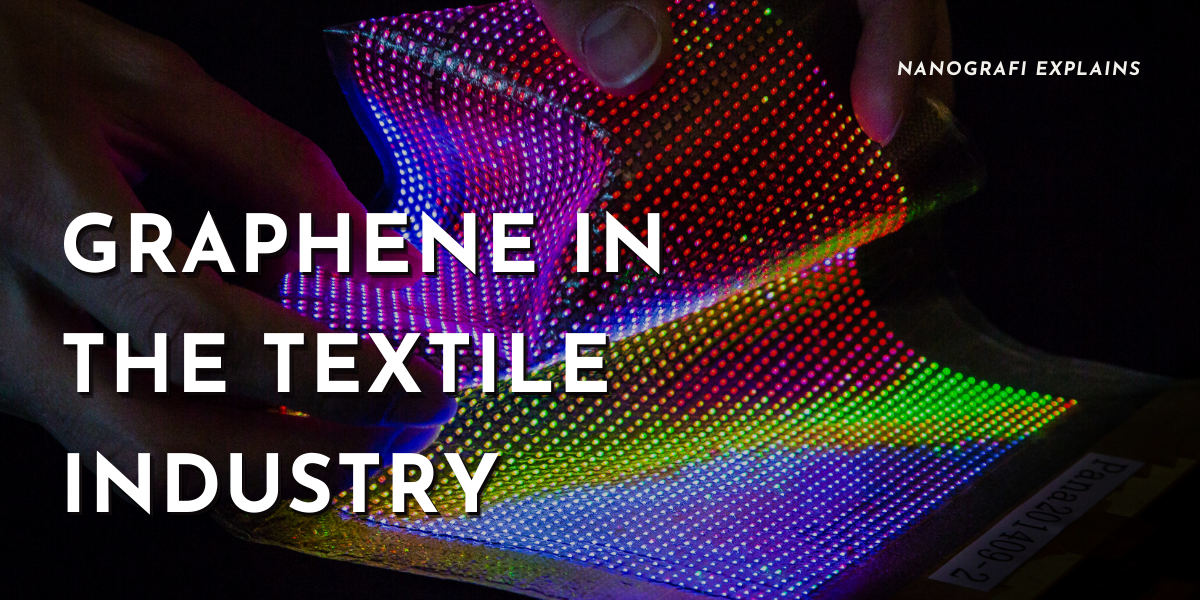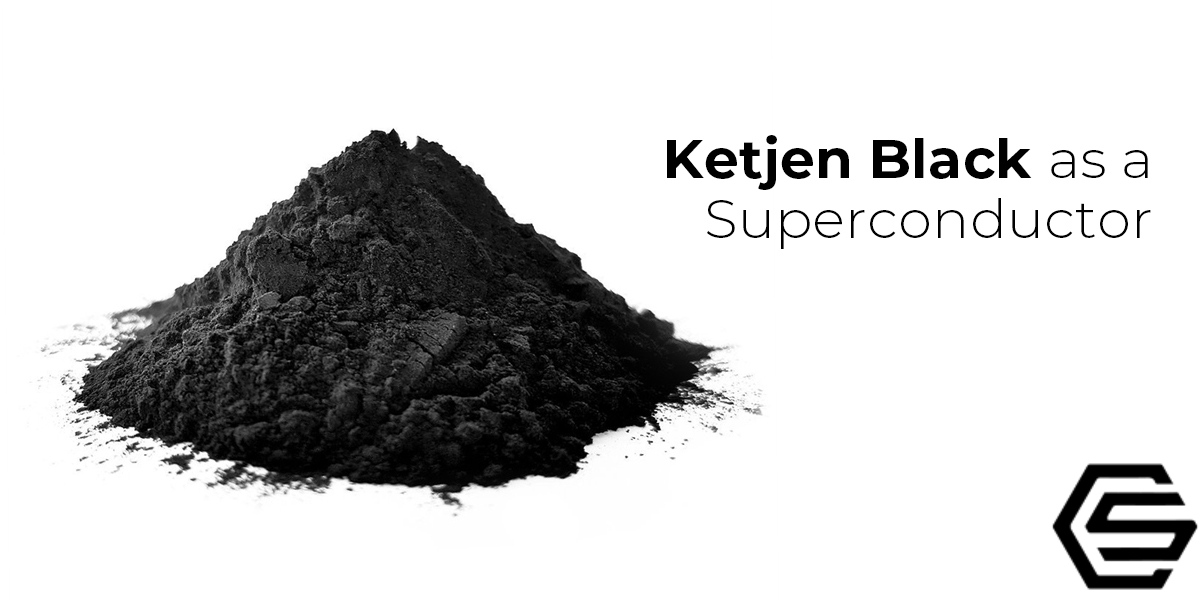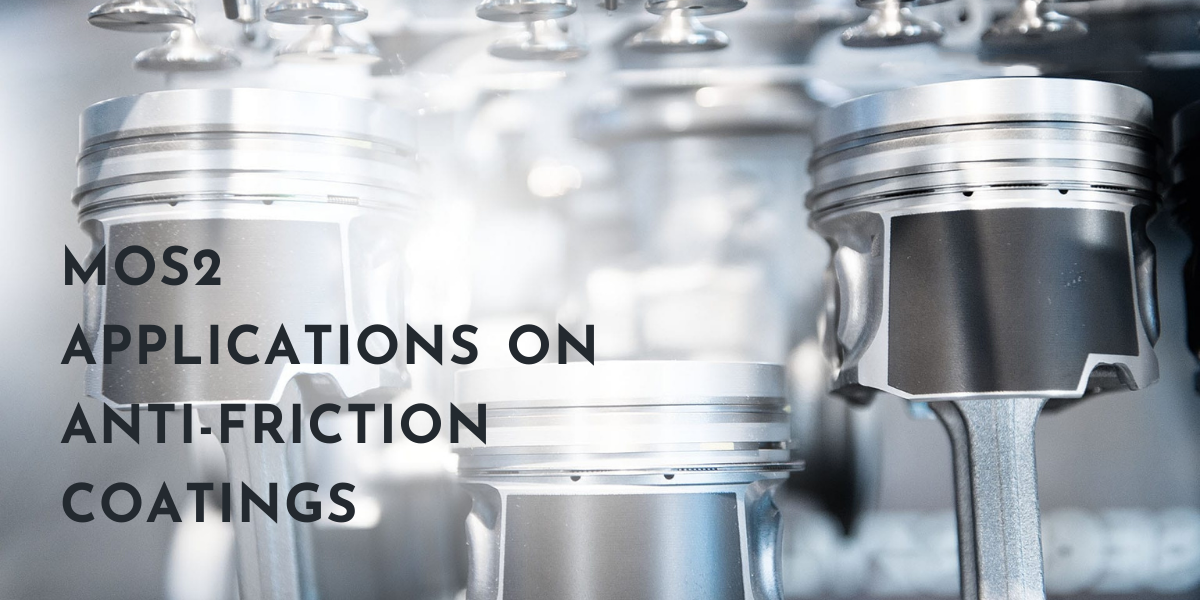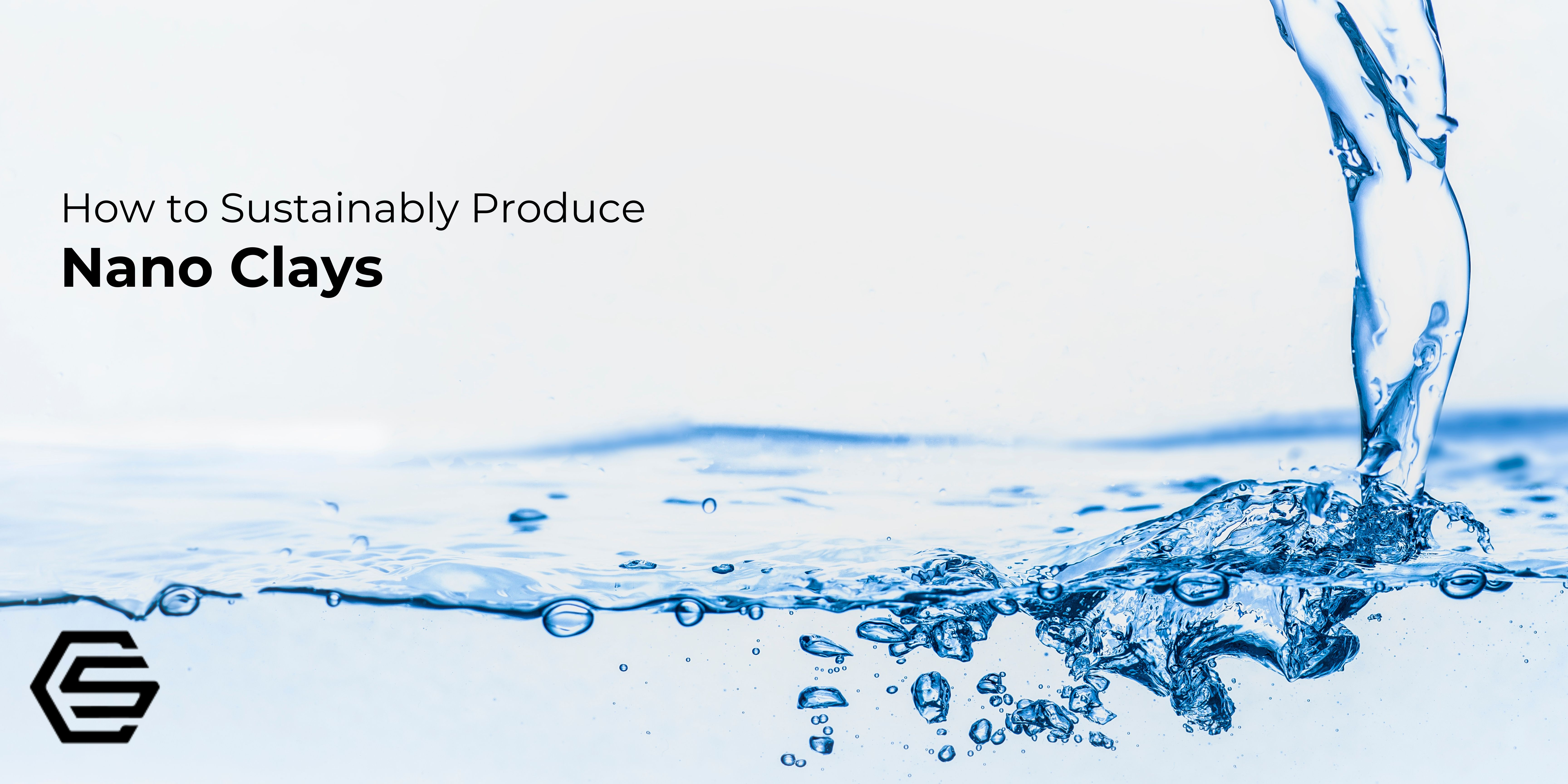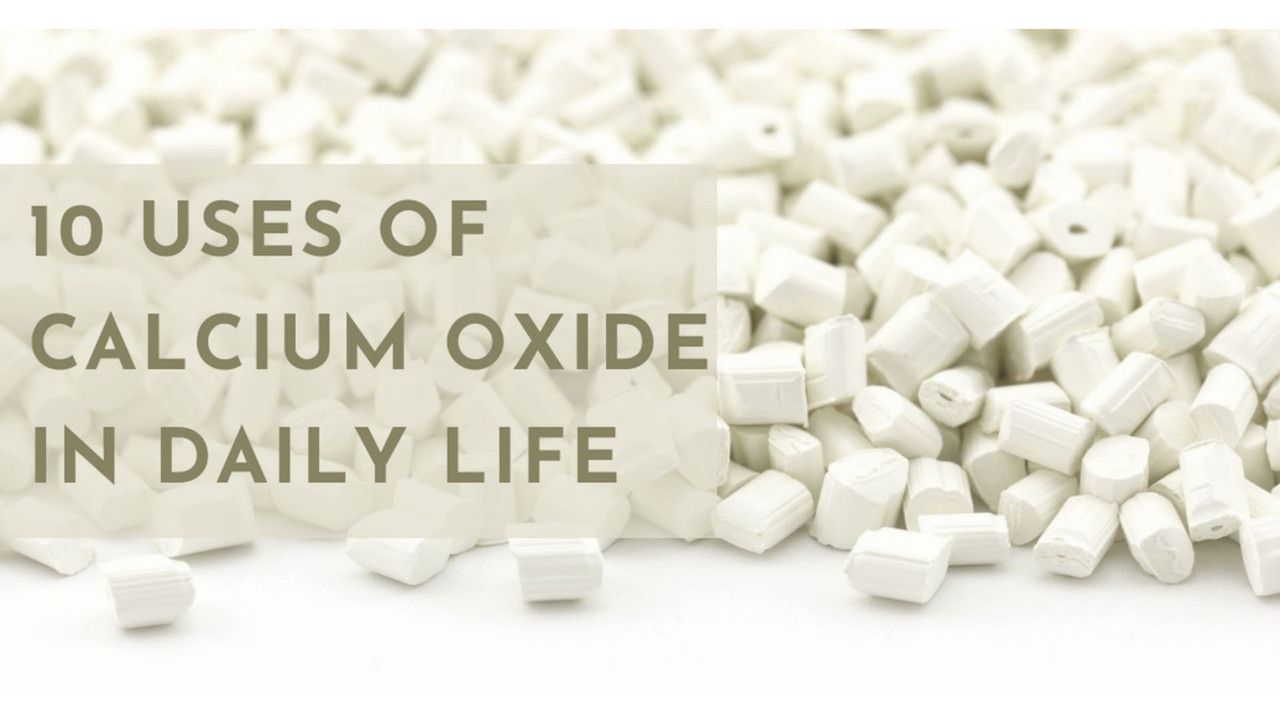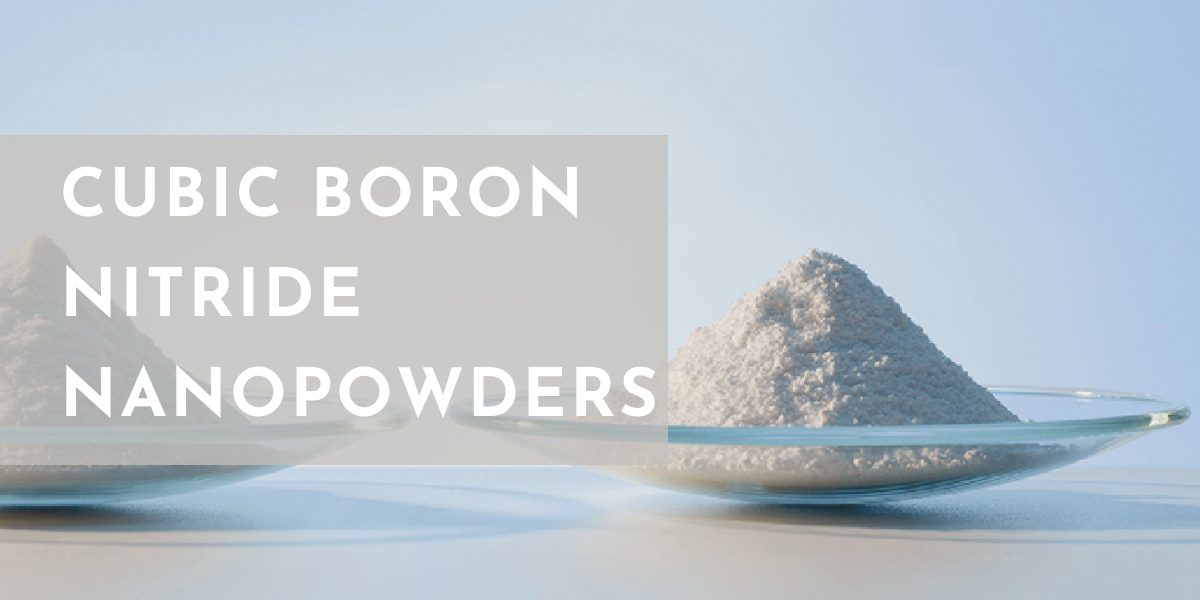Lithium is a primary element of the periodic table and it has a very effective manner in the field of science and all the fields related to it. It is one of the most renowned and beneficial products of lithium and so is of the lithium-ion batteries. They are most certainly used for electronics of all sorts but most commonly for portable electronics. They come with great characteristics and properties and it is because of them that they are highly profitable in the market.
For the Li-ion battery, Mesocarbon Microbeads (MCMB) Graphite Micron Powder is one of the most efficient ways to utilize the li-ion batteries as it brings authenticity to the batteries and their working and functioning.
Introduction
One of the rechargeable battery types is a Li-ion battery or lithium-ion battery. Mainly, the Li-ion batteries are utilized for electric vehicles and portable electronics, they are being developed for applications in aerospace and military. A Li-ion battery prototype was made in 1985 by Akira Yoshino. Earlier, during the 1970-80s, many researchers researched it, and then in 1991, a commercial Li-ion battery was made. The development of the Li-ion battery made Yoshino, Goodenough, and Whittingham get a Nobel Prize in Chemistry in 2019.
When the battery is charging, the lithium ions flow to the negative electrode from the positive electrode through an electrolyte and return when discharging.
Li-ion batteries usage
At the negative electrode, graphite is the typically used material, whereas, at the positive electrode, the material is an intercalated lithium compound. Low-self discharge, no memory effect, and a high density of energy are possessed by the batteries. However, due to containing the flammable electrolytes, they can be a danger and can result in fires and explosions if not charged correctly or damaged.
After the fires caused by Lithium-ion, Samsung had to recall the Galaxy Note 7 handsets. In addition, various incidents have taken place, involving batteries on the Boeing 787s.
Different Li-ion battery types have different chemical properties, different safety, cost, and performance. Lithium polymer batteries are mostly used in handheld electronics. As an electrolyte, the polymer gel is used. As the cathode material, lithium cobalt oxide (LiCoO2) is used, providing high energy density, but also displaying risks to safety, and more when they are damaged. Meanwhile, lithium nickel manganese cobalt oxide (NMC or LiNiMnCoO2), lithium manganese oxide (LMO, Li2MnO3, or LiMn2O4), and lithium iron phosphate (LiFePO4) provide lower energy density, although it offers less risk to safety and proved longer lives. These batteries are used broadly for medical equipment, electric tools, and other roles, whereas, the derivatives of NMC and NMC itself are used broadly in electric vehicles.
Some of the areas of research for Li-ion batteries are increased speed of charging, lessening cost, enhancing safety, increasing energy density, lengthening the lifetime, and some others. The electrolytes that are non-flammable are being researched as if they can be a lead factor in improving the safety based on the organic solvent’s volatility and flammability which are used in an electrolyte. Heavily fluoridated systems, ionic liquids, polymer electrolytes, ceramic solid electrolytes, and aqueous Li-ion batteries are included in the strategies.
Typically, Li-ion battery life is the number of complete cycles of discharging and charging in order to get a failure threshold in terms of impedance rise or capacity loss. The word ‘cycle life’ is used typically for specifying the lifespan as the number of cycles for reaching the battery’s 80% capacity. The capacity of the batteries is also lessened by their Inactive storage. For representing the complete battery life cycle, the Calendar life is used, involving both the inactive storage operations and the cycle.
Li-ion batteries usages
Different devices are provided with high energy density, lightweight power sources by Lithium-ion batteries. For powering devices as large as electric cars, instead of connecting with one large battery, the more efficient and effective way is connecting various small batteries in a parallel circuit.
Such devices include:
Power tools: in tools like saws, sanders, cordless drills, and different equipment of garden, for instance, hedge trimmers and whipper-snippers, the lithium-ion batteries are used.
Portable devices: Devices like flashlights (torches), game consoles that are handheld, electronic cigarettes, camcorders, digital cameras, tablets, laptops, smartphones, and mobile phones are included.
Electric vehicles:The batteries of electric vehicles are utilized in advanced electric wheelchairs, personal transporters, electric bicycles, scooters, cars, and motorcycles, and hybrid vehicles. The Li-ion batteries are utilized in applications of telecommunication. Reliable backup power is provided by the secondary non-aqueous lithium batteries for loading the equipment in a telecommunication service provider’s network environment.
At locations like huts, Electronic Equipment Enclosures (EEEs), and Controlled Environmental Vaults (CEVs), lithium-ion batteries are suggested for deployment. The users of Lithium-ion batteries need brief, dangerous material information specific to the battery, appropriate procedures of fire-fighting, for meeting the regulatory requirements, and for protecting the surrounding environment's equipment and employees.
To get more information about lithium-ion batteries,
you can read our blog post here.
Properties
In the periodic table, the first of the alkali is Lithium. Li7 and Li6 are the mixtures of isotopes that are found in nature. Having a low and reactive melting point, it's whitish-silver, soft, and the lightest solid metal possible. As compared to its own group ones, most of its chemical and physical characteristics are more same as the alkaline earth metal's characteristics. Lithium's remarkable properties are its extremely low density, low viscosity, high thermic conductivity, in state of liquid there's a huge temperature interval, and its high specific heat (calorific capacity). The metallic lithium in hydrocarbons is insoluble meanwhile in the short-chain aliphatic amines, for instance, etilamine, it is insoluble.
Lithium reacts a-lot with both, the inorganic and organic reactants, on a huge scale. Peroxide and monoxide are formed on its reaction with oxygen. For the formation of black nitrure, it is the only alkaline metal that reacts at ambient temperature with nitrogen. Lithium hydride is formed on the reaction of lithium with hydrogen at 500ºC (930ºF). The reaction of the metallic lithium with water is very vigorous. Carbure is produced by the direct reaction of lithium with carbon. With very light emission, it produces halogenures on binding with the halogens easily. Even if it can’t react with the parafinic hydrocarbons, it reacts a lot with alquenes which the diene and ariele groups substitute. Significant for the synthesis of vitamin A, lithium acetylures, can be formed on lithium’s reaction with acetylenic compounds.
Mesocarbon Microbeads (MCMB) Graphite Micron Powder for the Li-Ion Battery
Heat and Residua of petroleum derive Mesocarbon microbeads (MCMB), it's then treated under various conditions of the experiment, characterized by electron diffraction and X-ray, Fourier transformed infrared spectroscopy (FTIR), electron paramagnetic resonance (EPR), and proton magnetic resonance (PMR). Under vacuum, after heating to 750 C, the presence of the hydrogen's two different forms is retained. Graphite ribbon-like particles are formed by graphitization to 3000 C, surrounding microbeads of a size of few microns.
The EPR observed that the crystalline graphite monodomains are either semi-metallic or having a small bandgap. Even at 3000 C temperature, the heat treatment doesn't totally eliminate the microbeads' localized paramagnetic defects. These characteristics condition these material's aptitude towards their usage in sodium and lithium electrochemical cells. At 750 C, the samples that are made have a reversible intercalation behavior, whereas, the samples that are made at 3000 C, evidence solvent decomposition leading to a non-reversible lengthened discharge plateau when using the sodium perchlorate electrolyte which is completely dissolved in propylene carbonate.
For the Li-ion cell's negative electrode, the usage of the intercalation compounds that are based on carbon, makes the concern of the present state expanded to various allotropes and different carbon’s artificial and natural forms. From the structural respective, the carbons that are related to graphite can be classified as unorganized carbon, graphitized solid, and turbostratic material. There are different capacities for intercalation of lithium into each one of these forms. Depending on the graphite’s transforming facility, the forms that are less organized can be classified into the hard and soft carbons, and above 2000 C into the graphitic carbon, meanwhile the latter doesn't display graphitization's characteristic signs, even heat-treated at 2800 C. Soft carbons are mostly cokes, and also mesocarbon microbeads (MCMB). Other than being the first commercial Li-ion cell’s part, the soft graphitizable carbon’s most broadly used form is the petroleum coke.
In comparison to the usage of other graphitizable fora to use as an active material, the usage of coke for the intercalation electrode's performance is typically limited.
MCBC has specifically shown promising behavior. This material contains a low specific surface area, and structures that are roughly spherical (microbeads) and has a diameter of 1–40 mm. During Li-ion cells' charge/discharge process, there are additional side reactions with the electrolyte which can be avoided by the high packing density.
Recently, a huge amount of attention has been gained by the Li-ion batteries because of their superior characteristics, for instance, the long life of cycle, high energy densities, and environment-friendly nature. For products of electricity, for instance, laptops and phones, Li-ion batteries are significant.
In lithium-ion batteries, carbon materials are generally used as anode materials because of their small surface change, structural stability during cycling, and high energy density.
One of the carbon materials that is used as a material for the anode in Li-ion batteries is mesocarbon microbeads. For Li-ion batteries, the mesocarbon microbeads (MCMB) Graphite Micron Powder are a special kind of carbonaceous materials. Mesocarbon microbeads generally have spherical shapes with a diameter of 1-50 µm and when mesocarbon microbeads are used as anode materials in lithium-ion batteries, they can provide a reversible capacity of 300-340mAh/g and excellent cyclability which is a big advantage for the applications where high capacity is needed.
Another advantage of mesocarbon microbeads is that they can be in combination with silicon to have higher capacities and rechargeability. It is a fact that mesocarbon microbeads anode materials have the best cyclability among all the types of carbon anode materials. When we combine mesocarbon microbeads with silicon to obtain an anode material, we can obtain Silicon - mesocarbon microbeads composite material with high capacity and satisfactory rechargeability. So it is possible to extend the number of charging cycles of lithium-ion batteries by using silicon - mesocarbon microbeads composite anode material.
Conclusion
Mesocarbon Microbeads (MCMB) Graphite Micron Powder for Lithium-Ion Battery is a very renewed way of making the lithium-ion batteries beneficial and useful in their respective field of science. They are excessively used in portable electronics and are paving a new way to success for the electronics and for the consumers of those very electronics. The working mechanisms to broaden their essentiality are in continuous progress.


